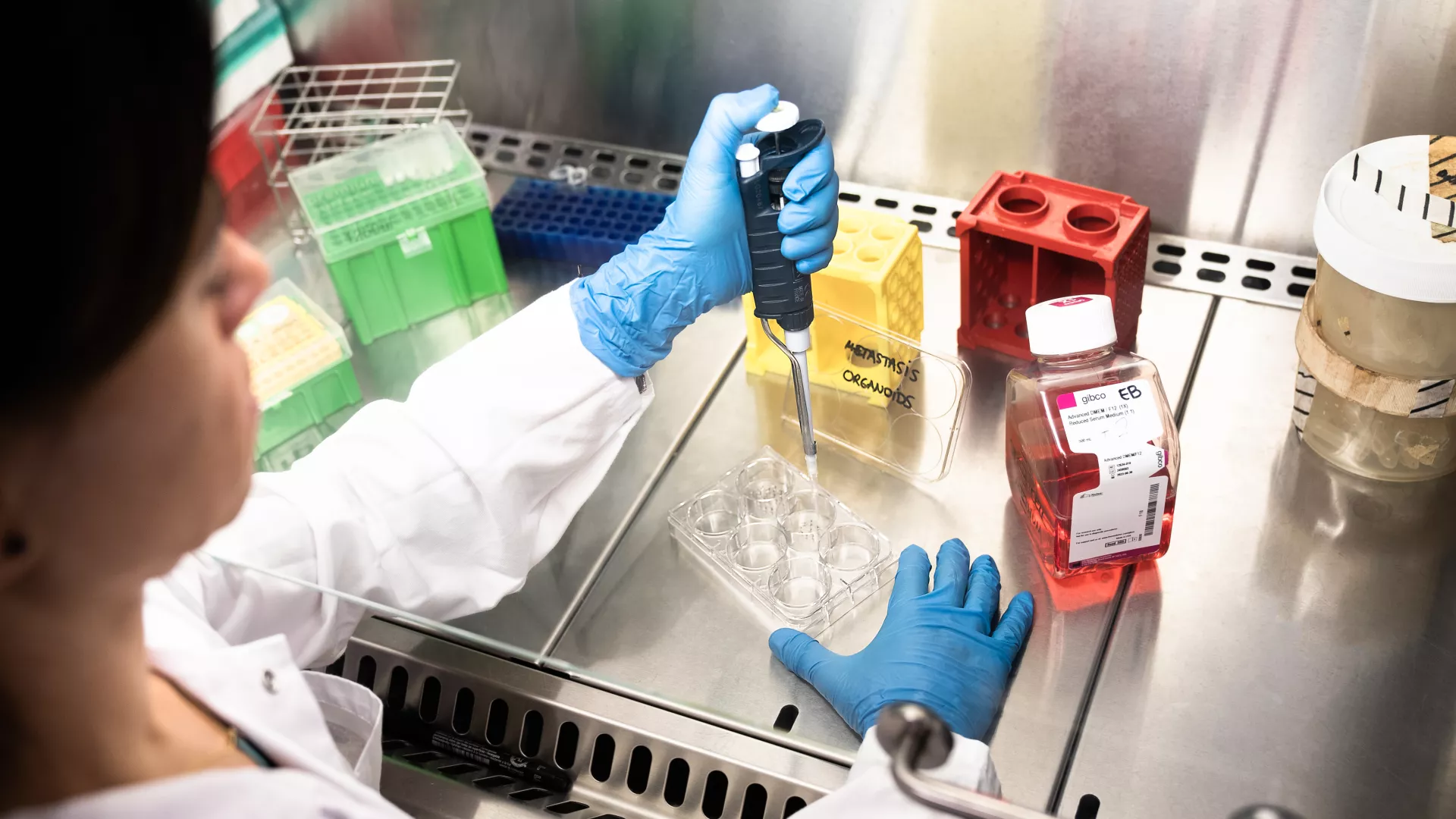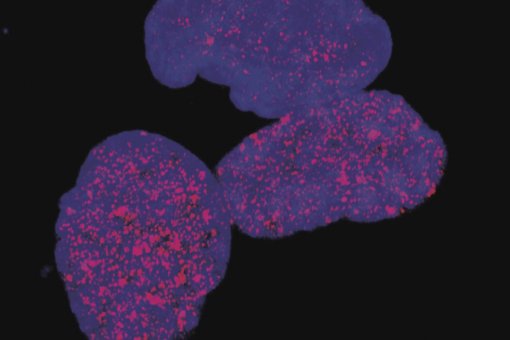Images
Participants



Contact

Researchers at IRB Barcelona identify a fundamental role of the JAK/STAT signalling pathway in the development and growth regulation of limbs in Drosophila.
Published in Nature Communications, the study paves the way to research into the function of this pathway in vertebrate development and its possible involvement in human congenital diseases.
Many of the secrets of life, such as how we become a certain size and shape, have been uncovered in studies performed over more than 100 years and involving animal models such as the fruit fly Drosophila melanogaster.
Now, IRB Barcelona researchers headed by ICREA Professor Marco Milán disclose a new signal that participates in the specification and growth of fly wings.
In Nature Communications, the scientists conclude that the JAK/STAT signalling pathway, known to be tightly linked to inflammatory processes and tumour growth, determines where, when and how a wing develops in Drosophila.
PhD student Carles Recasens, who will defend his thesis with the results of this study this month, has discovered that “JAK/STAT appears at key time points in the development of the appendage and that it collaborates with Wingless/Wnt, Dpp/BMP and Hedgehog in wing specification and growth”.
These findings pave the way to studying the participation of JAK/STAT in human development and its possible implications in congenital diseases that involve limb malformation.
“Given the similarities in the molecules and the mechanisms involved in limb development in vertebrates and invertebrates, the fly is a very useful genetic model in which to identify new genes that potentially participate in limb development in vertebrates and their possible association with congenital diseases,” says Ana Ferreira, who has participated in the study.
Marco Milán, head of the Development and Growth Control Lab, adds that “the patterns that determine how flies and humans are built are very similar and the basic molecular mechanisms have been conserved throughout evolution. We share a lot of basic biology and we increasingly find that what happens in flies also happens in humans”.
This work has identified three defined functions of JAK/STAT in fly development. First, it cooperates with Wingless (Wnt in humans) to specify where the wing will develop. Second, it helps cells that produce Hedgehog (Sonic hedgehog in humans) to survive and proliferate in order to induce the expression of Dpp (BMP in humans), a molecule that organises the patterning and growth of the whole wing. And third, it delimits the action of Dpp so that the wing grows in the right place.
In summary, JAK/STAT controls the three main cell signals responsible for the specification and growth of limbs, both in vertebrates and invertebrates.
Carles Recasens and Ana Ferreira will be joining the recently opened Francis Crick Institute in London to undertake postdoc training, during which they will continue to address the fruit fly.
Reference article:
Carles Recasens-Alvarez, Ana Ferreira and Marco Milán
JAK/STAT controls organ size and fate specification by regulating morphogen production and signalling
Nature Communications (2017): DOI: 10.1038/ncomms13815
About IRB Barcelona
The Institute for Research in Biomedicine (IRB Barcelona) pursues a society free of disease. To this end, it conducts multidisciplinary research of excellence to cure cancer and other diseases linked to ageing. It establishes technology transfer agreements with the pharmaceutical industry and major hospitals to bring research results closer to society, and organises a range of science outreach activities to engage the public in an open dialogue. IRB Barcelona is an international centre that hosts 400 researchers and more than 30 nationalities. Recognised as a Severo Ochoa Centre of Excellence since 2011, IRB Barcelona is a CERCA centre and member of the Barcelona Institute of Science and Technology (BIST).





